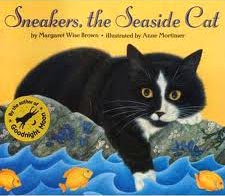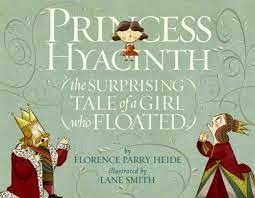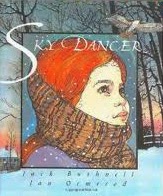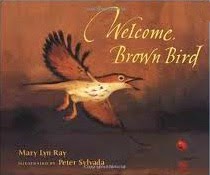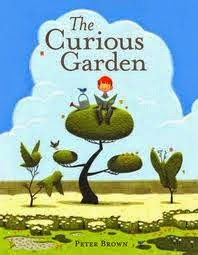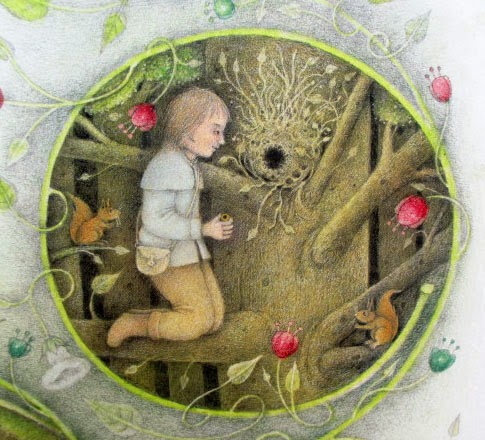by Eve Bunting
A young girl rescues a caterpillar from a jay that would eat it. Her grandfather teaches her how to raise the caterpillar, feeding it leaves and giving it twigs to climb on. She makes it a home in a box, decorated with colorful drawings of leaves and flowers. She watches the caterpillar grow until it makes a chrysalis. When the butterfly emerges, the girl is sad because her grandfather insists she must now let it go. Then the story leaps ahead and we see the girl as an old woman herself, with a garden full of flowers. The butterflies come in great numbers to her garden every summer, filling the air with color. Her neighbors wonder what is her secret: they grow the same flowers and don\’t have as many butterfly visitors. But she knows and smiles to herself: the butterfly she saved long ago and cared for so tenderly, has returned with its generations of descendants to show their love back to her.
Another lovely nature book illustrated by Greg Shed. The prose is very lyrical, arranged on the each page like a poem. Not only does it show children the life cycle of the painted lady butterfly, but also how to be compassionate to small creatures, and the importance of letting wild things live free. In the back a brief afterward by the author gives instructions on how to raise a caterpillar. It\’s very specific about giving the caterpillar a suitable living habitat and food, keeping it clean, leaving it alone at the proper time, and releasing the butterfly.
Rating: 3/5 36 pages, 1999
more opinions:
Livin\’ Lovin\’ and Learnin\’
LadyD Books

